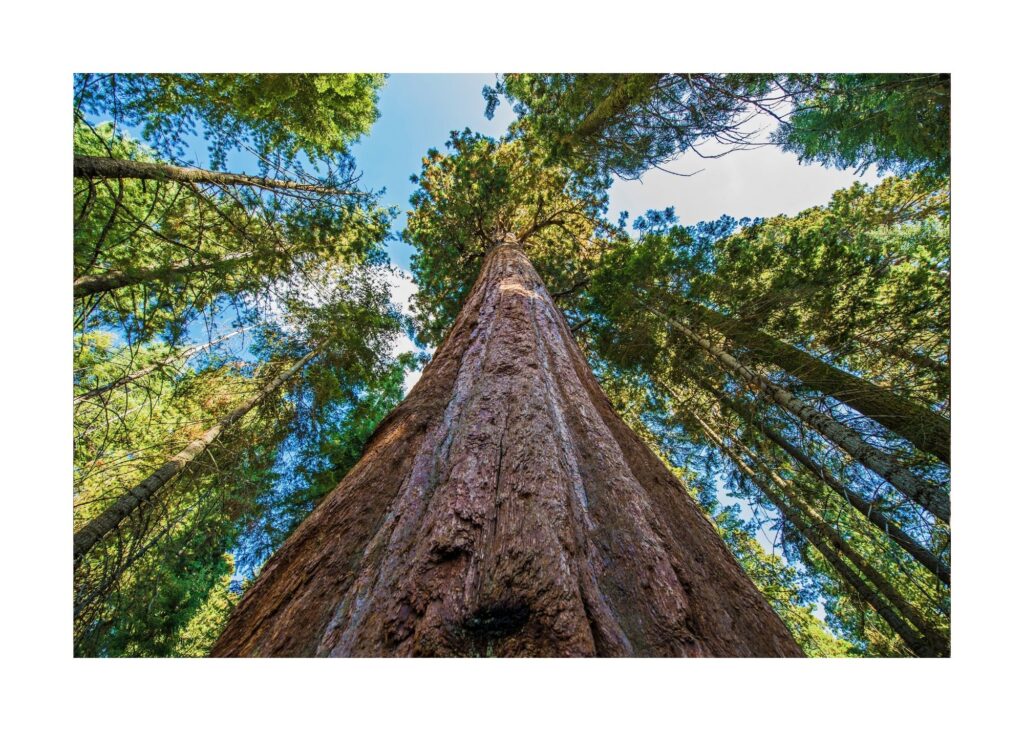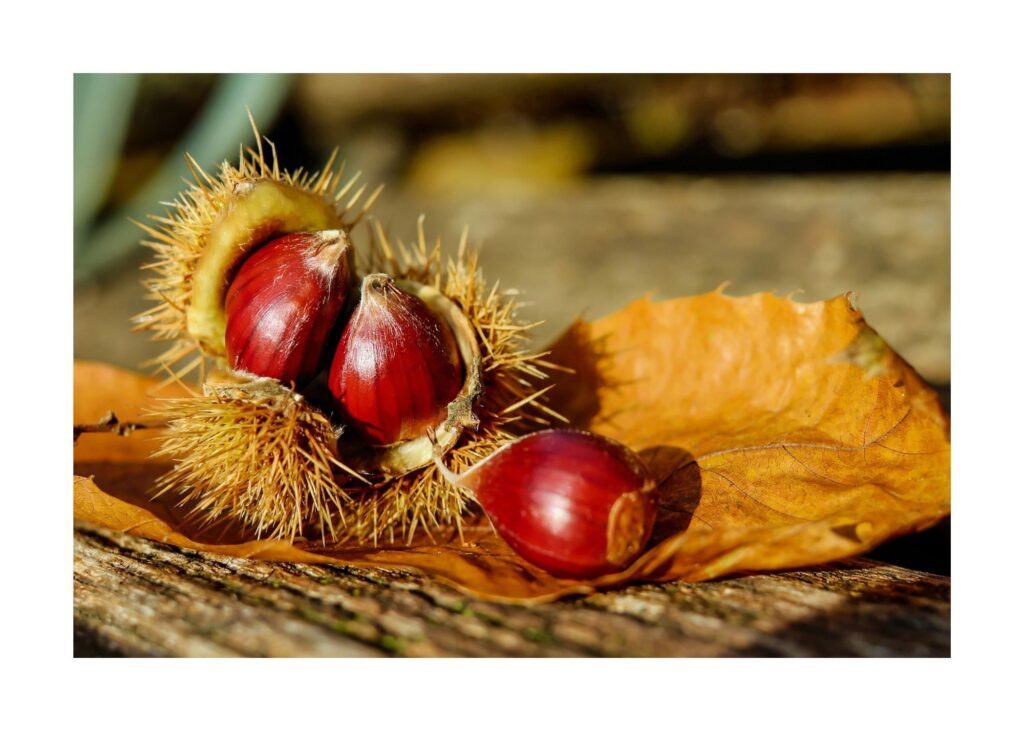By Tom Dayton

One of the greatest tragedies of forest trees dying of an invasive species, if not the greatest, is the death of the American Chestnut Tree.
The range of the tree was north to the Adirondack Mountains of New York to the Florida panhandle and west to the Mississippi River. The trees real value in lumber was that the fast growth allowed it to be harvested every twenty years. After a 120 ft. giant was cut down, sprouts would grow from the dead stump and another harvest on the same tree could take place twenty years later.
The nuts, which blanketed the forest floor of a depth of six inches, were sweet and a valuable crop that could be sold as well as a good food source for animals. Another attribute of the wood was its resistance to rot and could be used on a variety of products. Sadly, in 1910 a tree in the Bronx Zoo was observed dying, a strange canker appeared on the trees. Later, it was thought that Japanese Chestnut Trees which were brought to the zoo in 1886 brought the canker.

The cankers are full of pustules that are blown by the wind and can travel up to 50 miles, making their control impossible. Recently, an American Chestnut Tree was crossed with a Chinese Chestnut Tree that is 15/16 American.
Tests trees are planted on former strip mine land (after the land is broken by bulldozers because of the compaction from trucks). The trees grow fast and furious on strip mine land, as long as it is well drained.
Strangely, the range of the American Chestnut Tree in the Appalachian Mountains mimics the strip mine land range. In short term, the hybrid chestnut grows fast and furious but in about 20 years, only 20 percent surviving initially and most eventually succumbing to the fungal disease.
Another plan is to develop a GMO tree in which the tree is 100% American and quite resistant to the fungus in which the tree is able to quickly ward off the infection to stop its spread. The GMO method is quite common in field crops of corn, soybeans and cotton as the Glypsophate (Roundup) may be sprayed over the crop to kill weeds. The
Monsanto Company has developed all their widely used products over the years.
One would think that the solution to restoring the forest that once numbered 4 billion trees would be the planting of genetically engineered American Chestnut Tree. However, things are not so easy! Supporters and opponents of GMO products are divided into two camps. Supporters point to the successful use of GMO farm crops and one that could be used to restore the forests. Opponents worry about the unknown consequences releasing GMO trees into the environment.
Currently those for and those against the tree are 60% for and 40% against as the supporters have petitioned the USDA for a permit to widely plant the GMO tree.
Most likely with great effort the chestnut forest will be restored, with the only question of whether it will be the GMO tree or some successful hybrid that is bred by cross pollination … only time will tell.